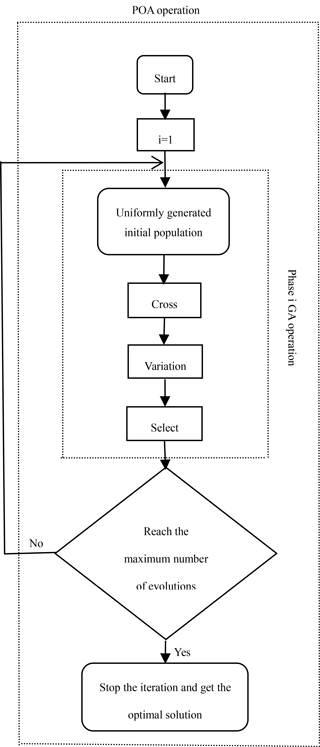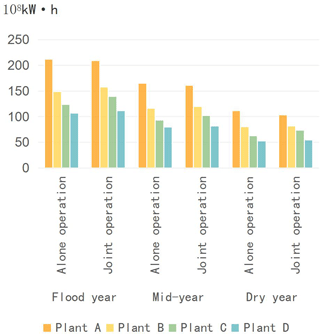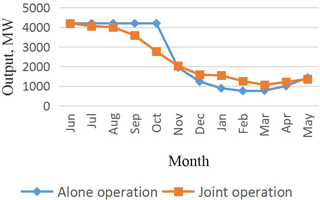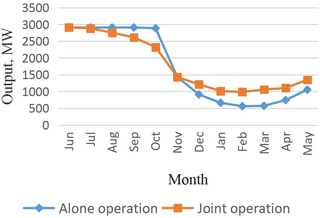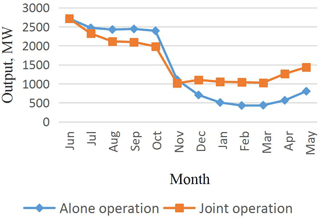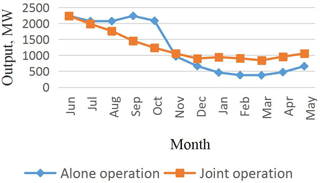Articles | Volume 379
https://doi.org/10.5194/piahs-379-199-2018
© Author(s) 2018. This work is distributed under the Creative Commons Attribution 4.0 License.
Mid and long-term optimize scheduling of cascade hydro-power stations based on modified GA-POA method
Abstract
In this paper, to explore the efficiency and rationality of the cascade combined generation, a cascade combined optimal model with the maximum generating capacity is established, and solving the model by the modified GA-POA method. It provides a useful reference for the joint development of cascade hydro-power stations in large river basins. The typical annual runoff data are selected to calculate the difference between the calculated results under different representative years. The results show that the cascade operation of cascaded hydro-power stations can significantly increase the overall power generation of cascade and ease the flood risk caused by concentration of flood season.
1 Introduction
2 Modified GA-POA method
3 Mid and Long-Term Optimize Scheduling of Cascade Hydro-power Stations
4 Case study
5 Conclusion
Data availability
Competing interests
Special issue statement
Acknowledgements
References






